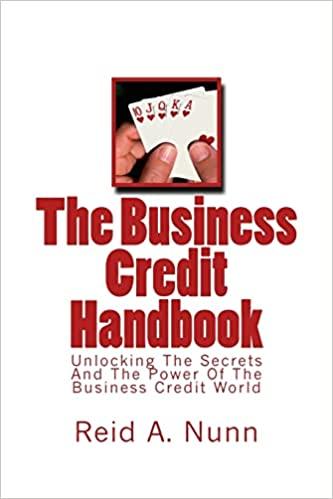Question
QUESTION 1 Four decision traps identified by behavioral finance are : A.) overconfidence, unfamiliarity bias, loss aversion. narrow framing B.) lack of confidence, representativeness,
QUESTION 1
Four "decision traps " identified by behavioral finance are: A.) overconfidence, unfamiliarity bias, loss aversion. narrow framing B.) lack of confidence, representativeness, overreaction, narrow framing C.) overconfidence, representativeness, loss aversion, narrow framing D.) overconfidence, representativeness, loss aversion, comprehensive framing
Question 2
Early in 2013, Mathew is analyzing shares of Janeff Corp. He expects the following dividends per share (end of year). 2013 $1.00 2014 $1.25 2015 $1.50 He expects 2015 earnings per share to be $4.50 and Janeff's P/E ratio to be 20. His required rate of return for this stock is 12%. He should pay no more than
A.) $68.75 per share B.) $43.75 per share C.) $67.02 per share D.) $93.75 per share
QUESTION 3
Which one of the following combinations best signals a strong market? I. a greater number of advancing stocks than declining stocks II. a greater number of declining stocks than advancing stocks III. a greater volume in rising stocks than in declining stocks IV. a greater volume in declining stocks than in advancing stocks
A.) II and IV B.) II and III C.) I and III D.) I and IV
QUESTION 4
Which one of the following statements is correct?
| A.) The market fully anticipates the information contained in an earnings announcement prior to the actual announcement. | ||
| B. | The market responds immediately to reflect the information contained in quarterly earnings reports. | |
| C. | The weekend effect states that security prices tend to rise between Friday afternoon and Monday morning. | |
| D. | Low P/E stocks tend to outperform high P/E stocks on a risk-adjusted basis. |
QUESTION 5
In the price/earnings approach to stock valuation,
| A. historical stock prices are utilized. | ||
| B. | forecasted EPS are typically used. | |
| C. | the P/E ratio is computed by multiplying the stock price by the earnings per share. | |
| D. | the market P/E ratio, adjusted by beta, is used to value individual stocks. |
Step by Step Solution
There are 3 Steps involved in it
Step: 1

Get Instant Access to Expert-Tailored Solutions
See step-by-step solutions with expert insights and AI powered tools for academic success
Step: 2

Step: 3

Ace Your Homework with AI
Get the answers you need in no time with our AI-driven, step-by-step assistance
Get Started


